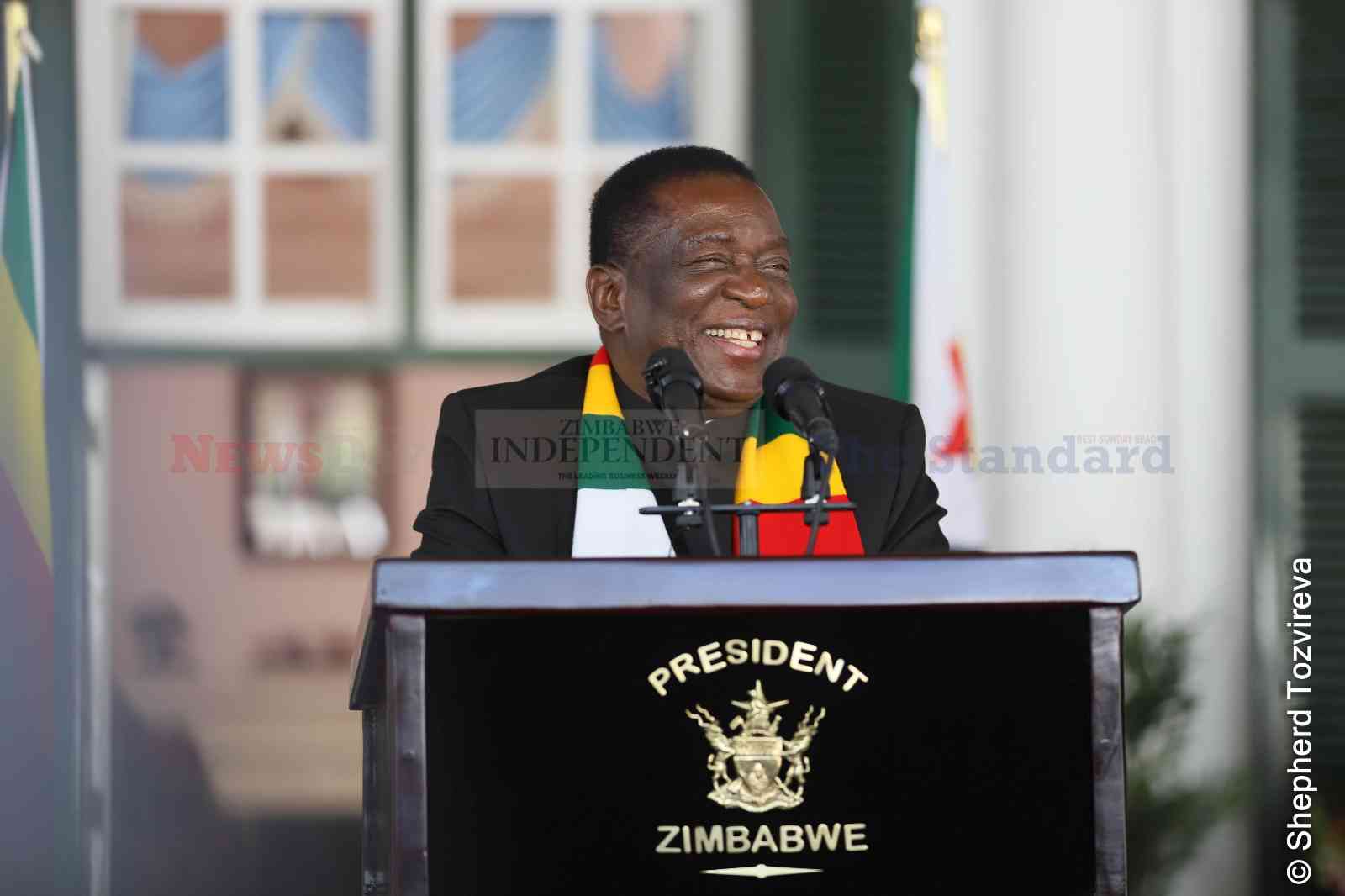
WE’RE 2°C from a different world. Humans never have lived on a planet that’s 2°C (3,6 Fahrenheit) warmer than it was before we started burning fossil fuels in the late 1800s and climate experts say we risk fundamentally changing life on this planet if we do cross that 2°C mark.
“This is gambling with the planet,” said Gernot Wagner, the lead senior economist at the Environmental Defense Fund and co-author of the book Climate Shock.
Think super droughts, rising seas and mass extinctions.
Yet for all of its importance, I don’t think the 2°C threshold is as famous as it should be. I’ve heard it referred to as the “north star” for climate negotiations. Meaning: This one little number carries huge importance as a way to focus the world’s attention.
Where did the idea of 2°C come from?
One guy, it turns out. William Nordhaus, an economist at Yale.
Nordhaus (73) proposed the 2°C threshold in a 1977 paper titled Economic Growth and Climate: The Carbon Dioxide Problem. “If there were global temperatures more than 2°C or 3°C above the current average temperature, this would take the climate outside of the range of observations which have been made over the last several hundred thousand years,” he wrote in The Climate Casino.
A growing body of research now supports the idea.
- Chamisa under fire over US$120K donation
- Mavhunga puts DeMbare into Chibuku quarterfinals
- Pension funds bet on Cabora Bassa oilfields
- Councils defy govt fire tender directive
Keep Reading
How did 2°C become the international standard? Science has continued to raise red flags about 2°C of warming. And that work has led policy experts to conclude that a 2°C world is something none of us should want.
“You need a judgment call for these things,” chair of the Global Climate Forum Carlo Jaeger, who has written on the history of 2°C said. “And this 2°C thing was a judgment call that happened at the interface of science and policy.”
Germany was first to push 2°C as a policy goal, Jaeger told me. That happened in the 1990s. Later came the European Commission, the G8, the United States National Academy of Sciences and, most significantly, the Copenhagen Accord, which was signed by more than 100 nations who agreed 2°C would be too much. The United States was among the signatories.
What would the world look like at 2°C? But here are some striking facts about what scientists expect a post-2°C world to look like. These are pulled from reports by the National Research Council, the Intergovernmental Panel on Climate Change and the World Bank.
Wildfires in the United States are expected to increase 400% to 800% in size.
Hurricanes are expected to become 2% to 8% more intense.
A range of species will be at risk for extinction, particularly amphibians. The IPCC estimates 20% to 30% of animals and plants species will be at “increasingly high risk of extinction” at or near the 2°C mark.
The Arctic is expected keep melting, losing 30% of its annual average sea ice.
Certain crop yields in the United States, India and Africa are expected to decrease 10% to 30%.
The availability of freshwater is expected to decline by 20%.
So . . . not good. And numbers don’t convey the emotional toll.
“I’m from New Mexico,” the economist who proposed the 2°C threshold Nordhaus, said.
“I love it there and I know it’s going to be a completely different climate. The trout fishing probably won’t be as good. The hiking won’t be as good. These forests may look completely different, or burn down. I love to ski. It’s one of my things I love most. And that’s obviously affected by warming. I love the ocean, and the New England coastline, and it’s in peril. That’s just for starters.”
What happens at 2,1°C?
No one knows, exactly. Think of 2°C like a sort of speed limit — or a zone of increased risk. Katharine Hayhoe, a climate scientist at Texas Tech, told me that burning fossil fuels is like smoking. How many cigarettes give you cancer? No one knows, exactly. But the more you smoke, the more you up your risk. And 2°C, policy experts agree, is certainly risky territory. Plus, everyone hates a fraction.
Targeting 1°C of warming is “ridiculous because you can’t do it”, Nordhaus, the economist said.
“Three sounds too high. And you can’t have a fraction because it’s too complicated. “So two is kind of an obvious number.”
How much has the climate warmed already?
The climate already has warmed 0,85°C since the Industrial Revolution. And we reasonably can expect to reach 1,5°C simply based on the pollution we’re already putting into the atmosphere, even with “very ambitious mitigation action” to reduce carbon emissions, according to a 2014 report from the World Bank. Some of that warming is “locked-in to the Earth’s atmospheric system”, that organisation says. The impacts of climate change already are being felt.
Is it possible to stay below 2°C? Yes, but it won’t be easy.
“If you want to stay below 1,5°C, you have to reduce emissions at an amazing speed — to an incredible degree,” Jaeger from the Global Climate Forum said.
Heres the best guess for what that “amazing speed” might need to look like: Cutting greenhouse gas emissions by some 80% to 90% by 2050, said Jennifer Morgan, global director of the climate program at the World Resources Institute.
“It depends on how much risk you want to accept,” she said. Some activists, including those from 350.org and Avaaz, which together organised the largest climate change rally in history last year in New York, want to accept less risk than that. “Our position is 100% clean energy,” David Sievers, a senior campaigner for Avaaz said.
What happens if we don’t take action? If we continue burning fossil fuels at the current rate, we could hit 2°C of warming before midcentury. Scarier still, we could hit 3°C to 5°C of warming by 2100. Some writers have called for the world to abandon the 2°C target, saying it’s too ambitious, or even naive.
But we need a yardstick to measure progress — and we need that “north star” to help us set goals that actually would be weighty enough to make a dent in this problem.
If you think 2°C sounds bad, 5°C is far, far worse. The IPCC expects a 5°C world to be characterised by “major extinctions around the globe” and a “reconfiguration of coastlines worldwide.” — CNN











